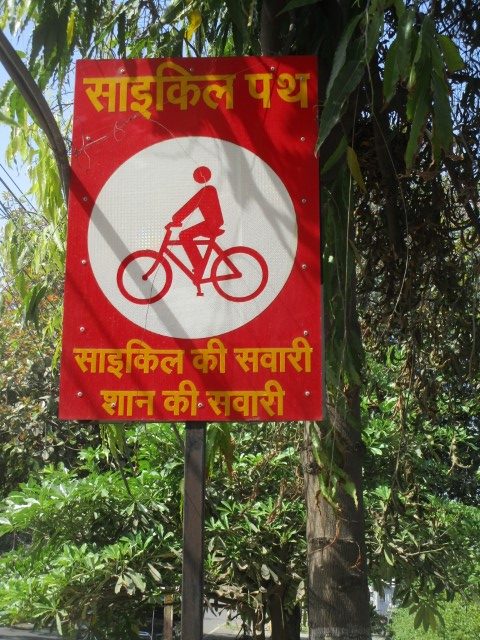
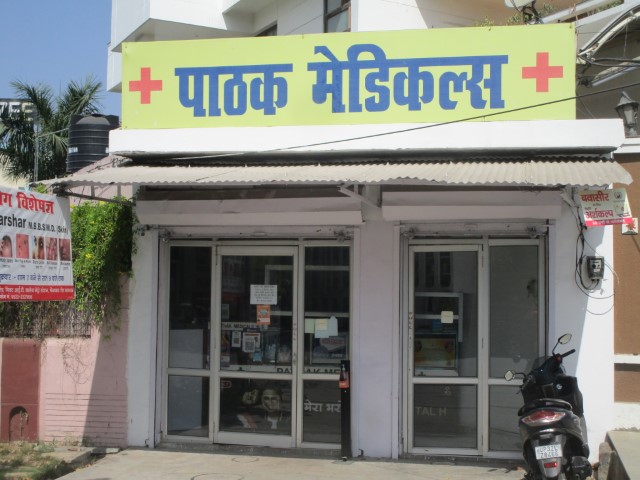
Hindi is a phonetic language that has 11 vowels and 35 consonants (or 13 vowels and 33 consonants, depending on what you call vowels). Reads left to right, like English, but has this line across the top. In handwriting you would use a line to level out the tops of your text, much as we do with a line at the bottom, but here they keep the line as part of the text. The second photo show, I think, a pharmacy. Even the graffiti has this feature.
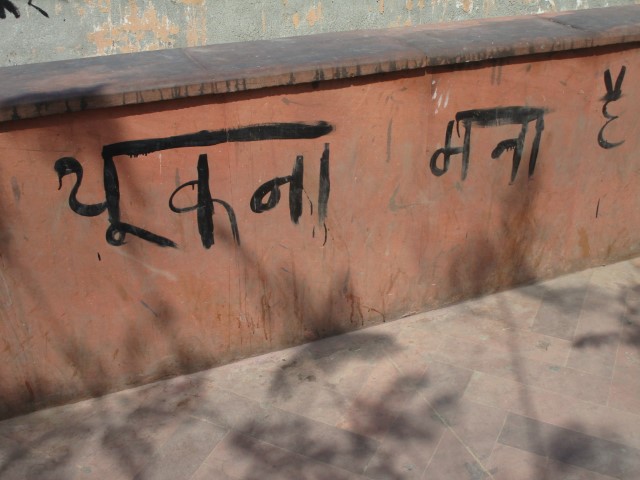
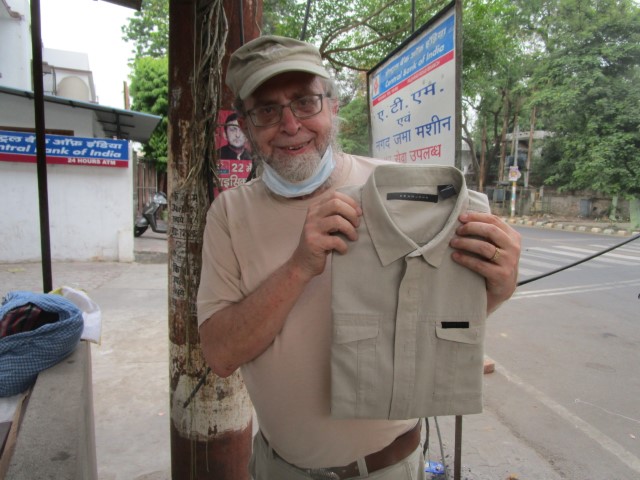
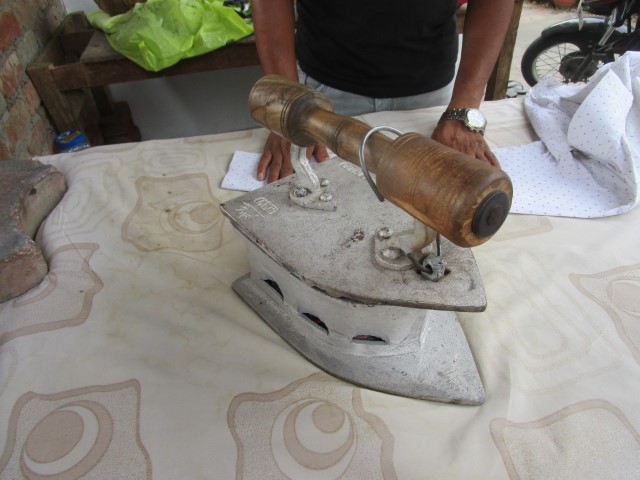
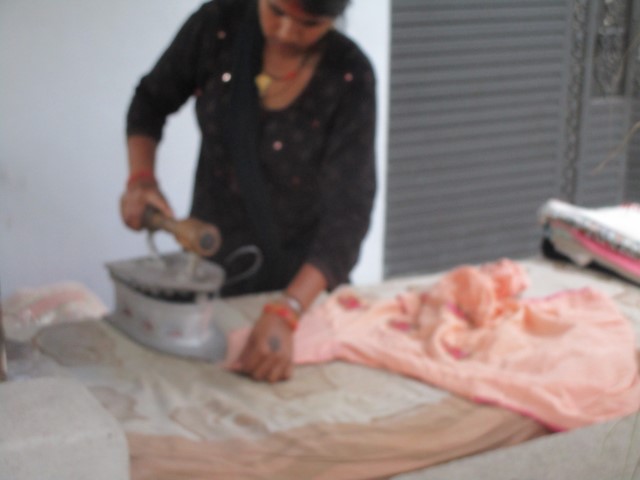
And no presentation on roadside businesses by me would be complete without the neighborhood tailor. Yes, that is a real charcoal iron, in use. Prior to a Fulbright in which I was speaking, I had her iron my shirt. Price is 6 rupees – 5 cents; I gave her a 100-note and made her day (I try to pick up small notes to pass around).
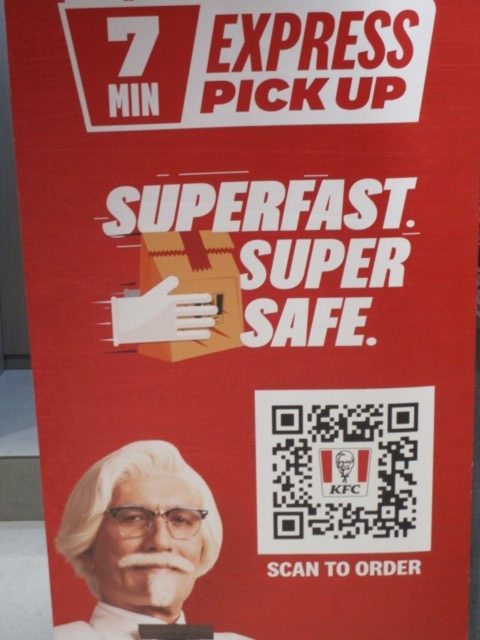
Yes, there are fast-food joints. Take a look at the Indian Colonel Sanders!
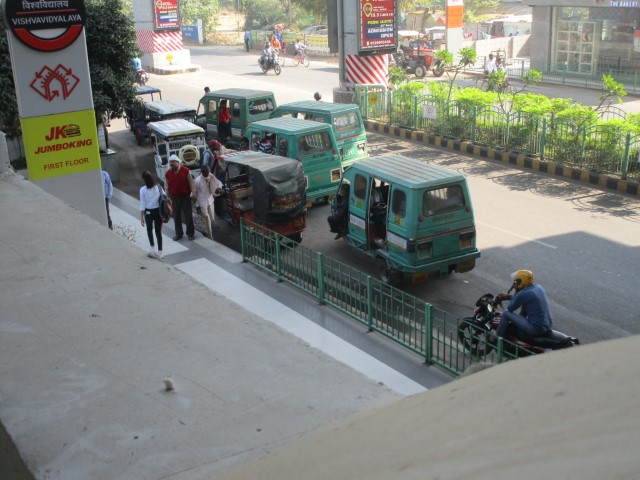
As I leave the Metro, here is the taxi stand. Notice how they obstruct the traffic. There are a lot of various people in the transportation business, from human-powered rickshaws to Ubers-on-motorcycles.
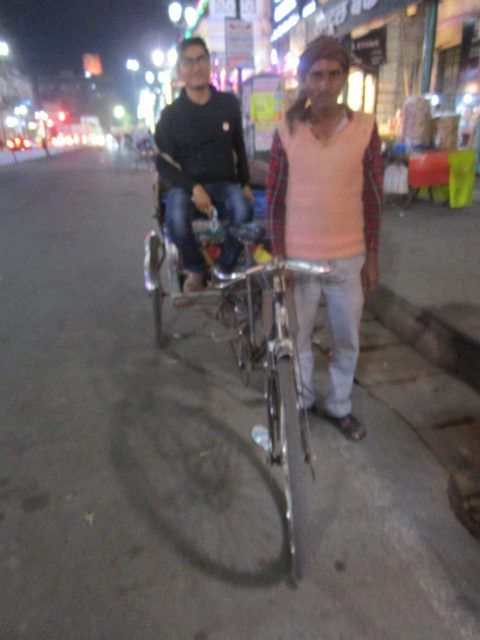
Here is a human-powered rickshaw. My colleague Arindam and I rode this out of the old-town area. Took a long time and he was huffing, this for 50 rupees (about 60 cents).
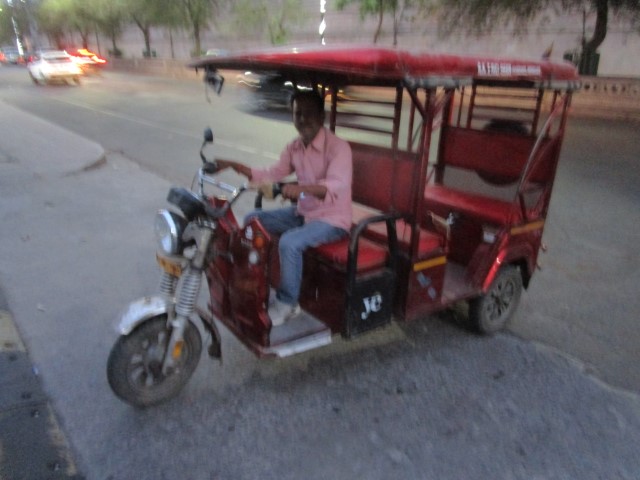
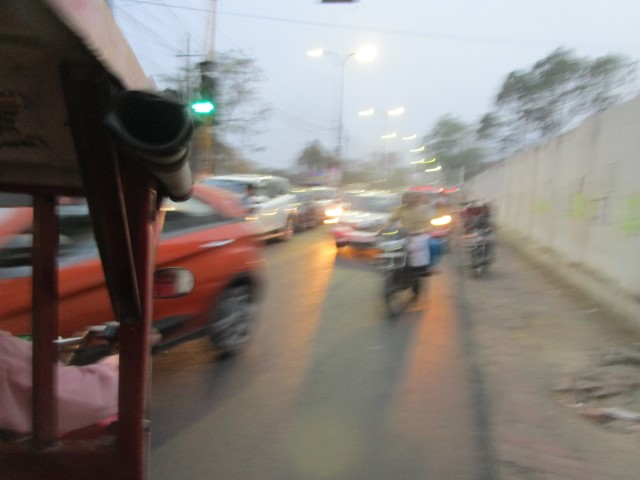
This is the first “auto” that I flagged down myself, enroute to my Fulbright meeting. Basically a motorized tri-wheeler. Amusement parks in the US should have these to scare people, or perhaps they could use these for videogames. At one point the driver drove one-way against a lot of traffic – my blurry pictures shows FEAR. He also had to stop for directions.
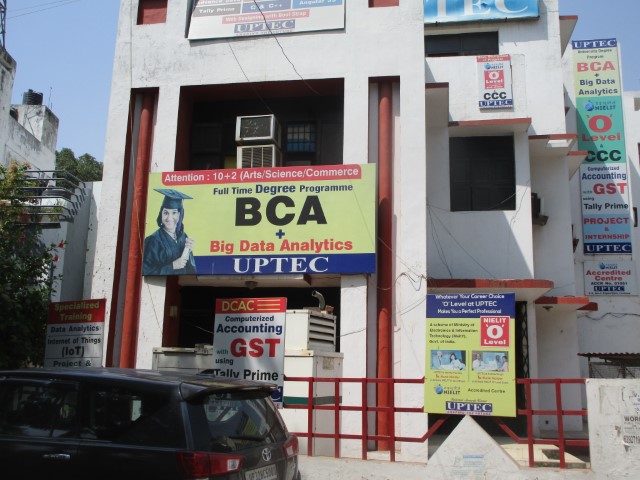
Finally, we should say a word about advertising. It essentially covers every flat surface, everywhere.